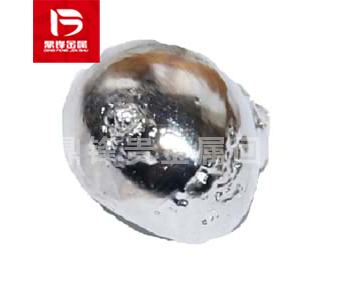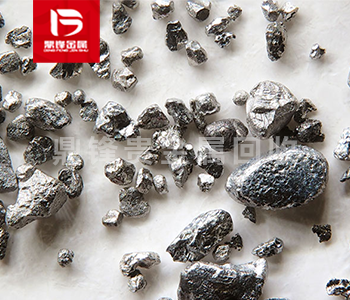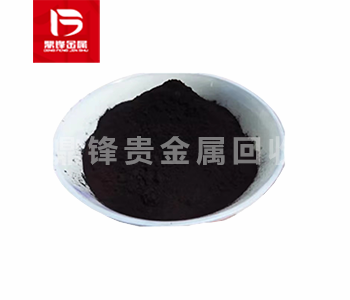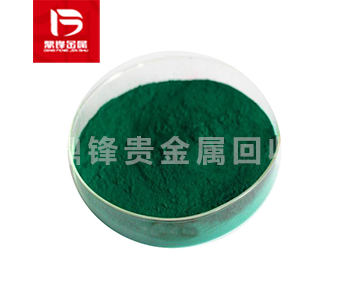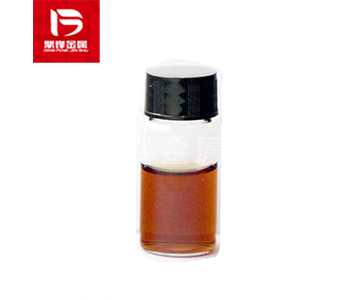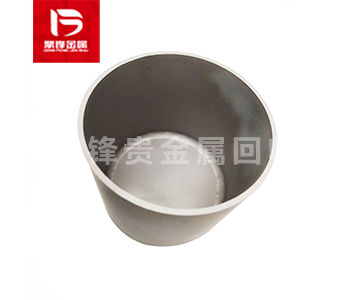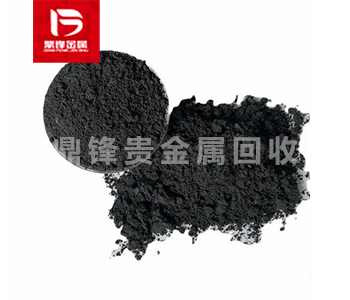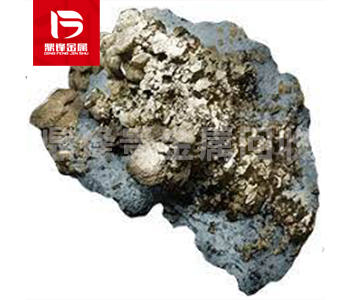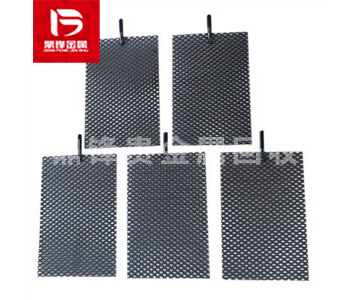What is high-purity iridium What are the common iridium recovery methods with different contents
High-purity iridium refers to metallic iridium with a purity of ≥99.9% (3N grade) and extremely low impurity content (such as Fe, Pt, Os, etc. <0.1%). As the member with the highest density (22.56 g/cm³) and the highest melting point (2466℃) among the platinum group metals, iridium has extremely strong corrosion resistance and is even insoluble in aqua regia. Therefore, it has important applications in the electronics industry, aerospace, medical equipment and standard measurement fields, such as high-precision sputtering targets, rocket engine coatings, radiotherapy equipment components and iridium-platinum alloy materials for the international kilogram prototype.
1. Low-content iridium (<1%)
Typical sources:
industrial catalyst residues, electronic waste (such as hard disk heads), alloy processing scraps, etc.
Difficulties in recovery: Iridium has a high degree of dispersion and is often mixed with organic matter and heavy metals (such as Fe and Cu), resulting in low extraction efficiency.
Core process:
Pyrometallurgical enrichment:
High-temperature smelting (1200-1500℃), adding flux (such as borax) to form alloys with iridium and other metals (such as Pt and Ru), and separating low-melting-point impurities (such as plastics and aluminum).
Wet leaching:
Use aqua regia or hydrochloric acid/chlorine mixture to dissolve the alloy to generate chloroiridic acid (H₂IrCl₆) solution; control the acid concentration to avoid iridium hydrolysis loss.
Impurity separation:
Ion exchange method: Use selective resin (such as Amberlite IRA-900) to adsorb Ir³⁺ and remove Fe³⁺, Ni²⁺ and other ions;
Solvent extraction method: Use tributyl phosphate (TBP) to extract iridium from the mixed solution to increase the purity to more than 95%.
Reduction purification:
Pass SO₂ gas or add ascorbic acid into the solution to reduce Ir³⁺ to Ir(OH)₃ precipitation, and obtain crude iridium powder (purity of about 99%) after high-temperature calcination.
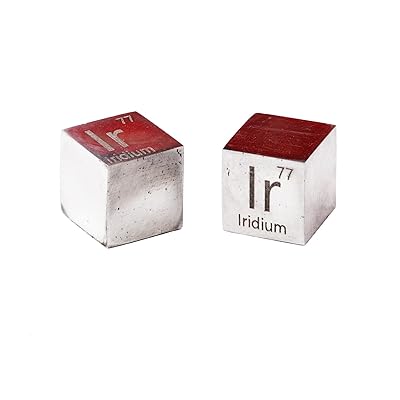
2. Medium-content iridium (1%-10%)
Typical sources: petrochemical reforming catalysts, electroplating waste liquid, failed thermocouples (including Ir-Rh alloy), etc.
Process focus:
Selective dissolution:
Use hydrochloric acid/hydrogen peroxide (HCl/H₂O₂) system to preferentially dissolve iridium to avoid interference from other platinum group metals (such as Ru and Os); adjust pH to 1-2 to promote the stable existence of iridium in the form of IrCl₆³⁻.
Distillation and impurity removal:
For materials containing osmium (Os), add nitric acid and heat distillation to separate Os in the form of OsO₄ gas (need to be captured by alkaline absorption liquid).
Electrolytic refining:
Place the purified iridium solution in a hydrochloric acid electrolytic cell, use titanium mesh as anode and high-purity iridium sheet as cathode; control the voltage to 0.8-1.2V to make Ir³⁺ directional deposition on the cathode, and the purity is increased to more than 99.5%.
3. High-content iridium (>10%)
Typical sources: semiconductor sputtering target waste, nuclear reactor iridium cladding, high-purity iridium processing debris, etc.
Advanced purification technology:
Chemical vapor transport (CVT): In a closed quartz tube, iridium and iodine vapor (I₂) react at 1000℃ to generate gaseous IrI₃; the gas migrates to the low temperature zone (800℃) and decomposes, precipitating high-purity iridium crystals (purity>99.99%).
Regional melting:
Place the crude iridium rod in an inert atmosphere (Ar) and melt it section by section through a high-frequency induction coil; impurities (such as Fe, C) are enriched in the melting zone, and after 5-10 repetitions, the purity can reach 4N level (99.99%).
Plasma melting:
Use plasma arc (temperature>3000℃) to melt iridium ingots, combined with a high vacuum environment to remove gas impurities such as oxygen and nitrogen; suitable for the preparation of aviation-grade iridium materials (oxygen content <10 ppm).


